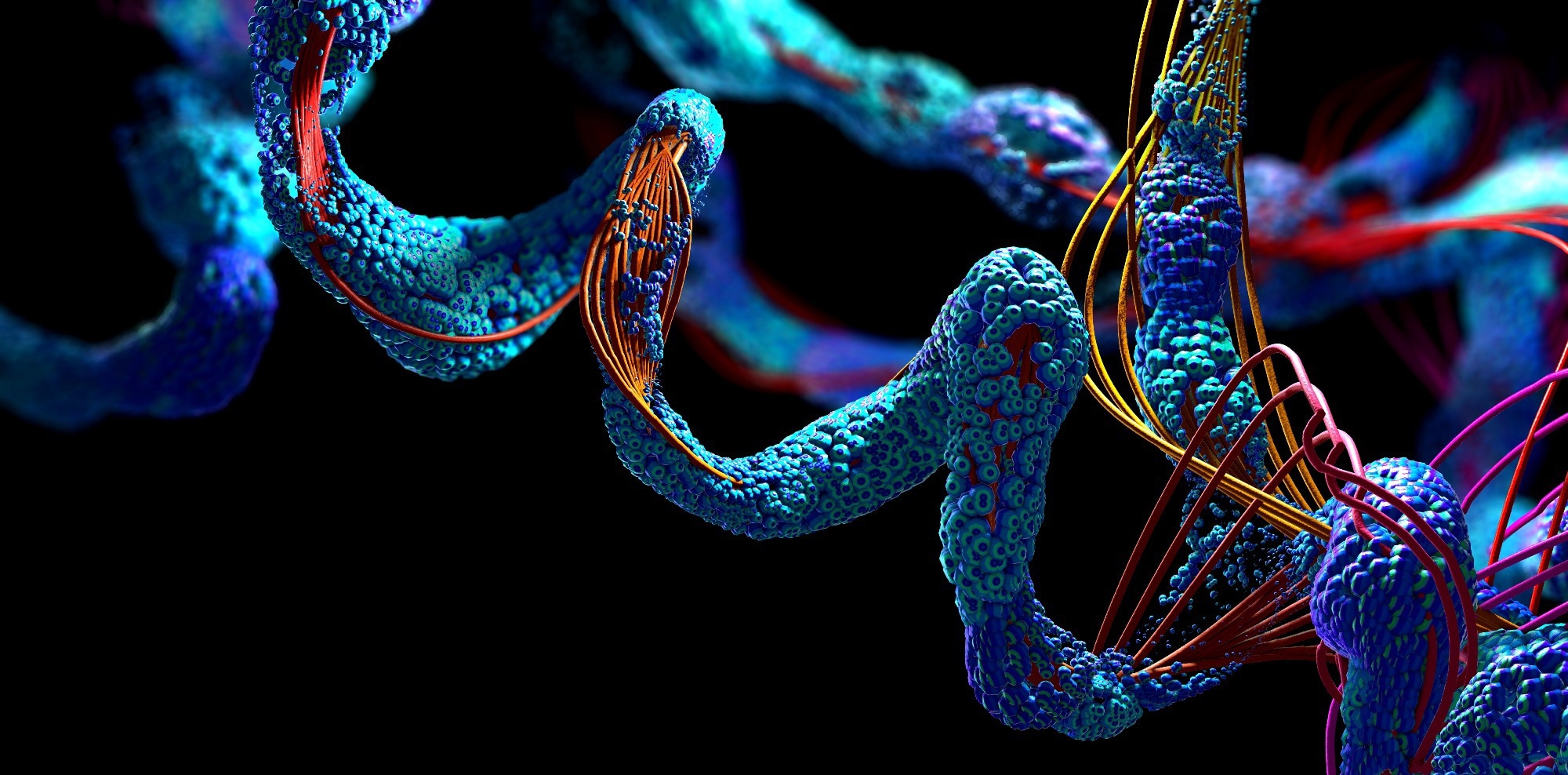In a study recently published in the journal Nanoscale Horizons, scientists from Hokkaido University, in collaboration with researchers from the University of Melbourne, have developed a more flexible technique for producing nanoparticles with precise size control. Their "bio-catalytic nanoparticle shaping" (BNS) process is expected to significantly advance the synthesis of various nanoparticles for applications in technology and medicine.

Image Credit: Christoph Burgstedt/Shutterstock.com
One of the most promising applications is for creating assemblies of nanoparticles called quantum dots, which are small enough for their properties to be influenced by subtle quantum mechanical effects.
Yuta Takano, Associate Professor, Hokkaido University
Enzymes are employed in this technique to selectively break specific chemical bonds in molecular assemblies composed of inorganic materials, combinations of organic and inorganic components, or small organic (carbon-based) molecules.
Using a variety of readily available and naturally occurring enzymes, the linker sections of the original larger structures can be cleaved into nanoparticles of various desired sizes and shapes. This method allows for the production of a diverse array of nanoparticles, each possessing unique sizes, chemical and physical properties, and core components that depend on the linkers.
To demonstrate the capabilities of their technology, the researchers synthesized several types of nanoparticles. For instance, they produced quantum dots with optical and electronic properties that could be useful in high-density data storage systems, photocatalysis, solar cells, and molecular computing, among other technological applications.
They also explored the potential for nanoparticles with chemical properties to kill certain disease-causing germs or cancer cells. Additionally, drugs can be attached to these nanoparticles to facilitate targeted drug delivery to specific disease sites, presenting another promising medical application.
The potential of the bio-catalytic nanoparticle approach is enormous, drawing on the chemical variability and power of naturally available enzymes opens a whole new area of opportunity in nanoparticle design and production.
Yuta Takano, Associate Professor, Hokkaido University
The researchers will now continue their investigation into this fascinating new field, possibly inspiring other groups to adopt the notion and generate their own concepts as they broaden their possibilities. They see a time when bio-catalytic methods will be widely used in research, technology, and medicine and will even be commercialized.
Journal Reference:
Akter, R., et al. (2024) Bio-catalytic nanoparticle shaping for preparing mesoscopic assemblies of semiconductor quantum dots and organic molecules. Nanoscale Horizons. doi.org/10.1039/D4NH00134F